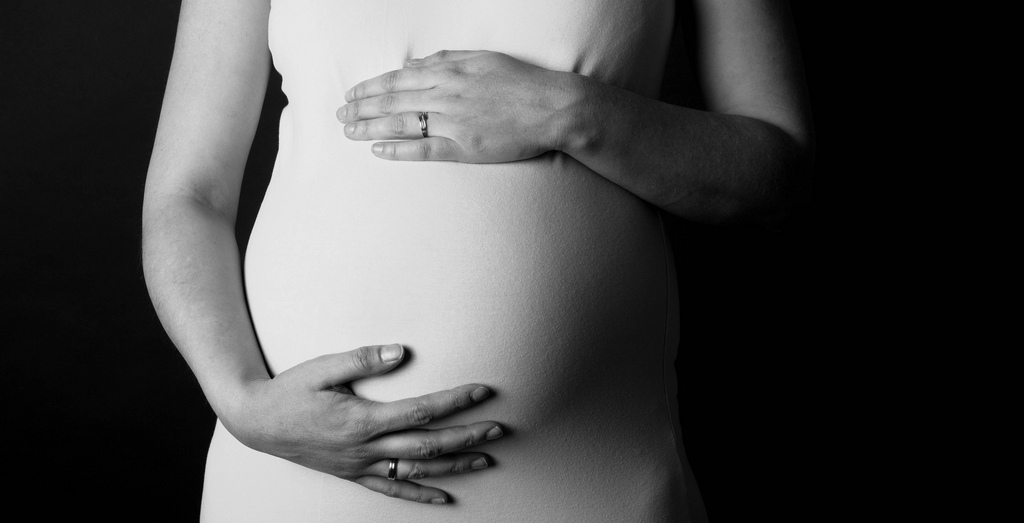The Future of Fertility Treatment: Advanced Embryo Selection

It is incredible just how far science and technology have come over the last few decades. In the past, men and women with fertility problems had very few options. Nowadays, there are more options than ever before and fertility treatments are becoming increasingly advanced and reliable.
The latest breakthrough in fertility treatments is here in Australia, where a new technique in preimplantation genetic diagnosis (PGD) technology, called Advanced Embryo Selection has shown promising results in reducing a woman’s risk of miscarriage.
What is Advanced Embryo Selection (AES)?
Up to 70 per cent of embryos created are abnormal, meaning that they will not result in a healthy baby being born. AES is a form of preimplantation genetic diagnosis, which refers to genetic profiling of embryos prior to transfer into a patient. Advanced Embryo Selection is a new, more advanced PGD technique that allows scientists to select the best embryos for implantation in advance, decreasing the risk of miscarriage and increasing IVF pregnancy rates by up to 65%.
How does Advanced Embryo Selection Work?
Prior to implantation, all 24 chromosomes of a developing embryo are screened to determine whether or not there are any extra or missing chromosomes, which would inhibit a successful pregnancy.
By studying the individual chromosomes, scientists can identify whether or not a particular embryo would potentially result in a miscarriage, would not initiate a pregnancy at all or might result in birth defects such as Down Syndrome.
It takes approximately 36 hours to do the tests that will determine the potential success rate of an embryo. It is claimed to be the world’s fastest and most precise embryo selection test available.
Benefits of Advanced Embryo Selection
While typical non-selective lVF treatment is more than suitable for a lot of women, there are a range of benefits to using Advanced Embryo Selection as a preferred/additional technique.
The key benefit of AES is that chromosomes are accurately assessed prior to implantation, minimising the risk of miscarriage and failed pregnancies. It can mean less stress for the women involved and the process can be completed overnight so that embryos do not need freezing while results are pending.
Additionally, a patient’s IVF cycle can continue uninterrupted while the AES process is happening, largely due to the quick turn around time for results.
The tests on embryos are done from a single cell, which is biopsied on day three of embryo growth. This means that a patient will have more embryos available for testing.
Who is Advanced Embryo Selection for?
Advanced Embryo Selection is suitable for a lot of people with fertility problems, however it can be particularly beneficial for women who fit the following criteria:
- Aged 38 years or over
- A history of recurrent miscarriage
- A history of failed IVF attempts
- There has previously been an abnormally chromosomal pregnancy (e.g. Down Syndrome)
However, it is best to speak to your GP or fertility specialist about whether or not AES is suitable for your circumstances.
What is the Advanced Embryo Selection Process?
As mentioned above, the AES process involves a single-cell analysis from a three day old embryo. This single cell’s DNA is then multiplied thousands of times using comparative genomic hybridization technology, which is placed on a DNA chip.
This DNA is then assessed against normal male and female DNA. It is at this stage that scientists can detect whether or not an embryo is suitable for transfer. Only those that have a normal, healthy chromosomal profile will be chosen.
Further reading:
http://ivf.com.au/fertility-treatment/genetic-testing-pgd/advanced-embryo-selection
http://qfg.com.au/fertility-treatment/genetic-testing-pgd/advanced-embryo-selection
http://www.carefertility.com/genetics-programme-sc2/what-is-pgd-what-is-genetic-diagnosis-sj1/
Image credit: Flickr
PDF Resource Credit: Dr Michael Flynn
 Follow
Follow